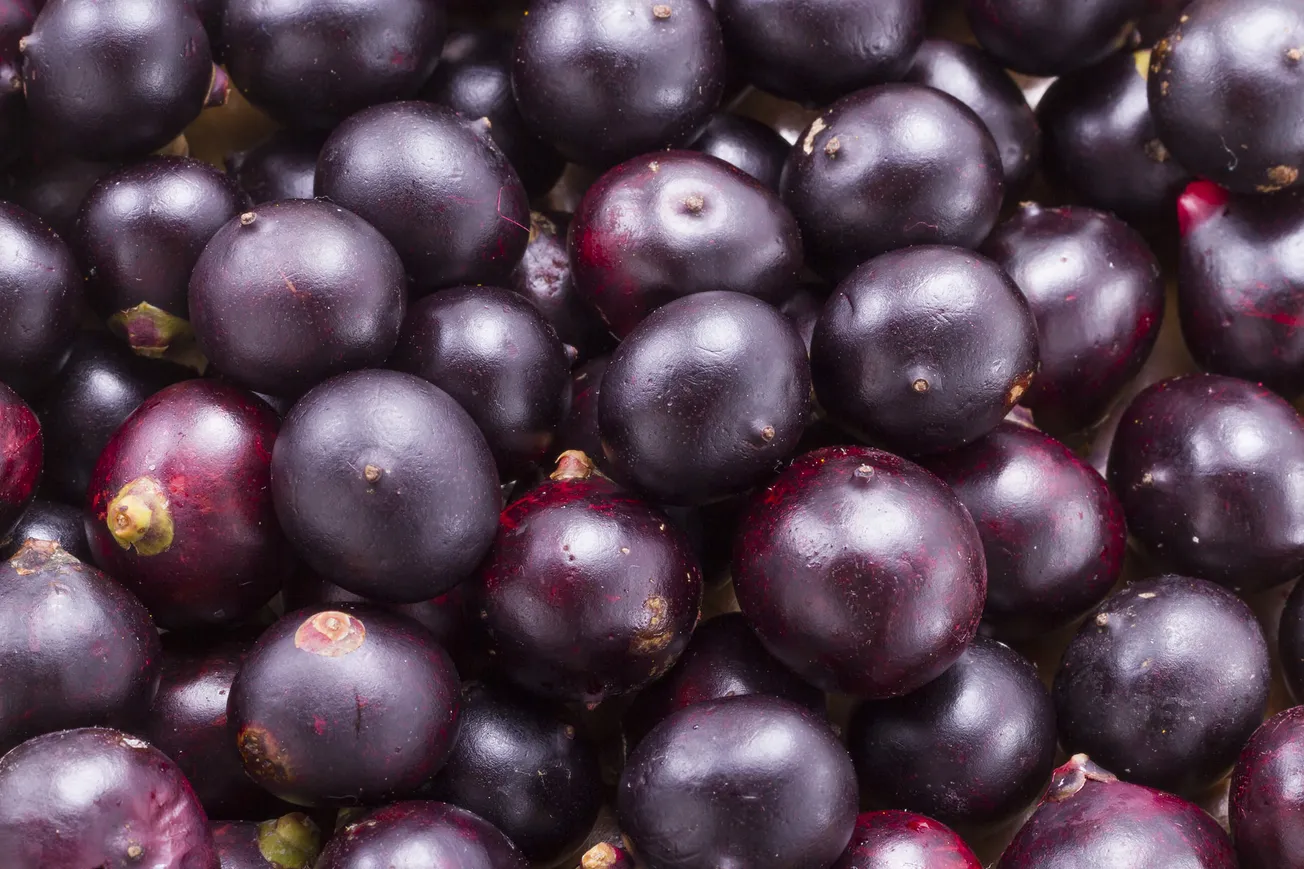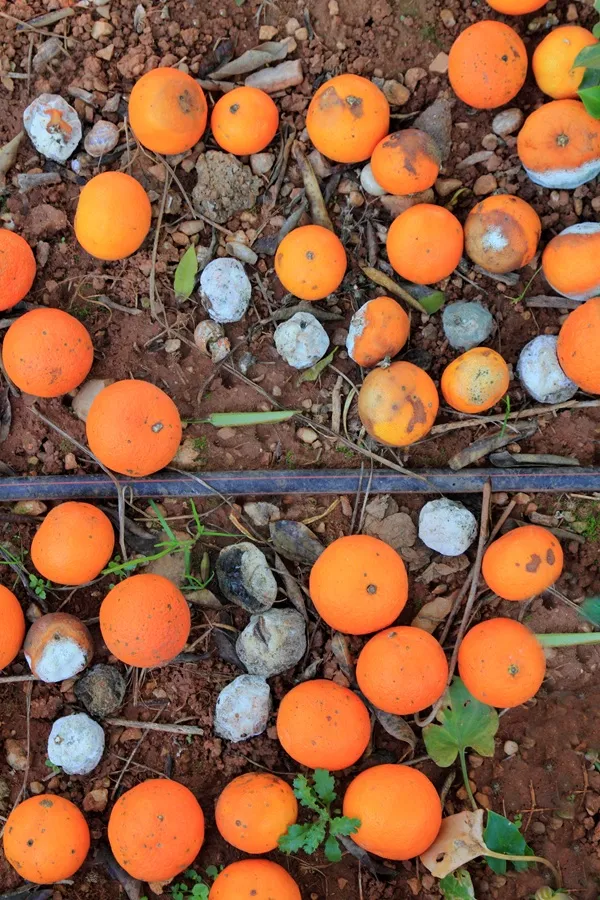Table of Contents
Comprehensive Berry Guide with Nutrition Information
Introduction to Berries
Berries are small, pulpy, and often brightly colored fruits that are celebrated for their vibrant flavors and rich nutritional profiles. Naturally sweet or tart, they grow on bushes, vines, or low-growing plants in many parts of the world. Common types include strawberries, blueberries, raspberries, blackberries, and cranberries—each offering unique health benefits. Berries are packed with antioxidants, vitamins (especially vitamin C), fiber, and phytochemicals that support heart health, brain function, and immunity. Their versatility makes them a favorite in everything from fresh snacks and smoothies to desserts, salads, and jams. Beyond their delicious taste, berries are admired for their low calorie content and strong disease-fighting properties, making them a valuable addition to a healthy diet.
popular Berries with Description, Nutrition and Taste Profile
| Berry Name | Description | Key Nutritional Benefits | Taste Profile |
|---|---|---|---|
| Cranberries | Small, sour red berries that grow on vines near ground level in bogs | Rich in vitamin C, fiber, antioxidants (flavanones, anthocyanins, flavanols); mild antibacterial properties | Very tart and sour |
| Blueberries | Dark blue berries with juicy flesh | High in anthocyanins, vitamins C and K, fiber; good for eye health and cardiovascular health | Sweet and juicy |
| Huckleberries | Similar to blueberries but with harder seeds | Lower sugar content than blueberries, rich in fiber and antioxidants | Less sweet than blueberries |
| Chokeberries (Aronia) | Dark purple/black berries with high tannin content | Extremely high antioxidants; helps reduce inflammation, blood pressure, and cholesterol | Very bitter and astringent |
| Elderberries | Small black berries (must be cooked before eating) | Rich in vitamins C and A, healthy minerals; immune system support | Sweet when cooked properly |
| Gooseberries | Green (or red/purple/yellow) berries from small bushes | Good source of fiber, vitamins, and antioxidants; darker varieties have higher anthocyanins | Sour and tart |
| Lingonberries | Small red berries with bitter taste | Rich in vitamin C and trace minerals; fiber helps prevent blood sugar spikes | Bitter and tart |
| Boysenberries | Dark red/maroon hybrid berries | High fiber content, important nutrients, vitamins and minerals | Sweet-tart flavor |
| Red Currants | Vibrant red berries growing in grape-like clusters | Good source of antioxidants, vitamin C | Tart and tangy with some sweetness |
| Black Currants | Dark purple berries in clusters | Significantly higher anthocyanins than red currants | Tart with earthy undertones |
| Strawberries | Red aggregate fruits with seeds on outside | High vitamin C (5 berries = 60% daily requirement), anti-inflammatory properties | Sweet and juicy |
| Blackberries | Dark purple aggregate berries | Rich in phenolic compounds, fiber, vitamin C; excellent cardiovascular benefits | Sweet with slight tartness |
| Red Raspberries | Red aggregate berries with hollow core | Highest dietary fiber of all berries, high vitamin C; linked to reduced chronic disease risk | Sweet and slightly tart |
| Black Raspberries | Black aggregate berries | Rich in anthocyanins; anti-inflammatory, cholesterol-lowering, cancer prevention properties | Sweet with earthy notes |
| Golden Raspberries | Yellow/golden aggregate berries | "Super antioxidant" activities according to studies | Sweet and delicate |
| Mulberries | Berry-like fruits resembling long raspberries | Linked to cardiovascular health, diabetes management, obesity prevention | Sweet with slight astringency |
| Serviceberries | Purple berries similar to blueberries | Contains beneficial compounds for overall health | Sweet, blueberry-like taste |
| Açai Berries | Small black-purple berries from palm trees | Very high levels of polyphenols and antioxidants | Earthy, slightly bitter |
| Goji Berries | Red dried berries (usually sold dried) | High vitamin A (1 oz = 50% daily need), 10% fiber requirements, immune boosting | Sweet with slight bitterness |
| Cape Gooseberries | Orange berries in papery husks | Low fat, high fiber, anti-inflammatory, immune support, good for vision | Sweet, tropical flavor |
| Cloudberries | Orange berries resembling tiny raspberries | Good source of plant protein, vitamin A, citric acid, anthocyanins | Sharp and tart |
| Pineberries | White berries with red seeds | Similar fiber content to strawberries, trace vitamins and minerals | Pineapple-like flavor |
| Salmonberries | Bright golden/orange berries | Low calories and fat, high fiber and vitamins | Sweet and juicy |
| Sumac Berries | Red fuzzy berries in cone-like clusters | High in vitamin C, citrusy flavor compounds | Citrusy, tangy |
| Hackberries | Small round purple berries | Natural sugars and beneficial compounds | Sweet |
| Acerola Berries | Small red berries with triangular seeds | Extremely high vitamin C - one of richest natural sources in world | Sweet and tart, cherry-like |
| Bilberries | Small blue berries (European blueberry) | High anthocyanins, good for eye health | Sweet, similar to blueberries |
| Crowberries | Small purplish-black berries | Acidic compounds, food source for wildlife | Acidic when raw |
| Dewberries | Black berries with blue waxy coating | Similar to blackberries in nutrition | Sweet and tart |
| Juniper Berries | Blue-purple berry-like cones | Traditional medicinal uses, flavoring for gin | Sharp and resinous |
| Kiwi Berries | Small green fruits like mini kiwis | Vitamin C, fiber, antioxidants | Sweet, kiwi-like flavor |
| Loganberries | Large dark red berries | High vitamin C, antioxidants | Sweet without tartness |
| Marionberries | Large blackberry-type berries | High antioxidants, vitamins | Sweet-tart flavor |
| Tayberries | Reddish-purple cone-shaped berries | Similar to raspberries and blackberries | Sweet-tart, less acidic |
| Thimbleberries | Red round berries shaped like thimbles | Low calories, vitamins and minerals | Sweet and juicy |
| Japanese Wineberries | Red-purple berries on spiny stems | Similar to raspberries in nutrition | Sweet, raspberry-like |
| Saskatoon Serviceberries | Purple/dark blue berries | Sweet, nutritious, attracts wildlife | Sweet and juicy |
| Nannyberries | Dark blue/black berries in clusters | Antioxidants, vitamins | Sweet with vanilla and spice hints |
| Bearberries | Bright red berries on low shrubs | Traditional medicinal uses | Bland, mealy when raw |
| Seaberries | Bright orange berries | One of highest vitamin C concentrations, rich in carotenoids, vitamins K and E | Sour and acidic |
| Ugni Fruit | Dark red berries from evergreen shrub | Antioxidants, vitamins | Sweet, strawberry-passion fruit flavor |
| Maqui Berries | Purple-black berries | Reported highest antioxidant levels of any fruit | Similar to elderberries |
| Oregon Grape | Blue-black berries with waxy appearance | Antioxidants, traditional medicinal uses | Sweet and edible |
| Yew Berries | Bright red berries (only flesh is edible) | Sweet flesh, but seeds and plant are toxic | Sweet red flesh |
| Hawthorn Berries | Small red berries in clusters | Traditional heart health uses | Varies by species |
| Barberry | Small oval red or blue berries | High vitamin C, high pectin content | Sharply acidic |
| Nanking Cherries | Bright red cherry-like berries | Vitamin C, antioxidants | Sweet and slightly tart |
| Pin Cherries | Small red/burgundy berries | Limited nutrition due to size | Very tart |
| Silver Buffaloberries | Bright red pea-sized berries | Traditional food source | Sweet-tart |
| American Mountain Ash | Bright red berries in clusters | Rich in tannins | Bitter when fresh |
| Bunchberries | Bright red berries on ground cover | Vitamins and minerals | Slightly sweet, mealy |
| Strawberry Tree | Red strawberry-like berries | Vitamin C, antioxidants | Sweet but sometimes bland |
| Rose Hips | Red/orange berry-like fruits | Very high vitamin C, antioxidants | Tart, used for teas and jams |
| Hobblebush | Red berries turning purple-blue | Antioxidants, traditional uses | Date or raisin-like taste |
| Agarita Berries | Bright red berries on thorny shrubs | Vitamin C, fiber | Sweet and slightly tart |
| Caper Berries | Small green berries from caper bush | Traditional culinary uses | Salty and tangy |
| Grapes | Clusters of round berries | Natural sugars, antioxidants (especially in dark varieties) | Sweet, varies by variety |
| Black Persimmons | Small black berries | Antioxidants, natural sugars | Sweet when ripe |
| Aspect | Details |
|---|---|
| Name | Indian Gooseberry (Phyllanthus emblica), commonly known as Amla |
| Short Description | A small, green fruit native to India, revered in Ayurveda for its healing properties. |
| Nutrition (per 100g) | - Calories: 44 kcal - Vitamin C: 300–600 mg - Fiber: 3–4g - Calcium, Iron, Antioxidants |
| Taste | Tart, sour, and slightly bitter, with an astringent aftertaste |
| Health Benefits | - Boosts immunity (very high in vitamin C) - Supports digestion - Improves skin and hair health - Controls blood sugar and cholesterol - Anti-inflammatory and antioxidant properties |
Important Notes:
- Safety: Some berries (like elderberries and yew berries) require proper preparation or have toxic parts. Some of them are allergic to certain people.
- Availability: Many exotic berries are difficult to find fresh and are often sold dried or as supplements
- Nutrition: Dark-colored berries generally contain higher levels of anthocyanins and antioxidants
- Usage: While some berries are delicious fresh, others are better suited for cooking, jams, or teas due to their tartness or texture









